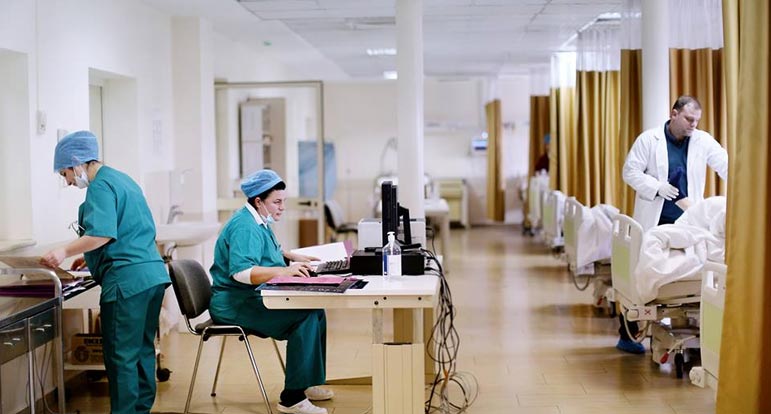
Albanian health system overview

The population of Albania on January 1st 2016, as per the declarations of INSTAT has been evaluated to 2.886.026 inhabitants from which 1.461.326 males and 1.424.700 females. The gender ratio of this population is 102.6 males for 100 females. The average age of the population of Albania is 34.7 years.
Albania's healthcare system was characterized by a strong central government control over all aspects of the system. In 1992, Albania established a pluralist system with a liberalized economy in principle. After that, in 1993 were launched the initial efforts to reform the health services. These reforms were intended to provide a high quality primary health care, with less dependence of secondary services, funded through a national health insurance system, ensuring direct funding for health services. From this time onwards a special attention was paid to the pharmaceutical in the healthcare reform.
Although the reforms were launched simultaneously in all sectors of the healthcare system, the pharmaceutical system, by its nature, was expanded and enhanced by private actors more quickly than the medical services sector. In fact the first private hospital in the country started to be projected only in 2006 and was opened to the public on September 29th, 2009. In these circumstances, throughout this period, the positioning of Fufarma remained of a special importance (Fufarma retained the status of "strategic enterprise ") because it was the only company with capital/public shares that operated between a fully privatized pharmaceutical system (except Fufarma) and a health services system (secondary and tertiary) completely public.
Actually, in Albania the state provides most of the health care services offered to the population as in the field of promotion, prevention, diagnosis and treatment. The private sector covers mostly pharmaceutical and dental services and some specialized diagnostic services mainly concentrated in Tirana. The private hospital market whose number has now reached 9, is working strongly and increasingly is drawing the public hospitals patients or those who traveled abroad.
The diagnostic and curative health services are organized in three levels: primary, secondary and tertiary health care services. Public health services and promotion are provided in the primary health care and supported and supervised by the Institute of Public Health, the 12 Regional Directorates of Health and the 24 Directorates of Public Health.
The health system in Albania is supported by a number of national institutions, which depend directly on the Ministry of Health
Basic public health services are coordinated and mostly provided by the Institute of Public Health
Institute of Public Health
IPH represents the higher technical institution in the field of public health, and is a national institution under the direct dependence of the Ministry of Health. Its tasks include research and monitoring of risk factors, surveillance of infectious diseases, laboratory reference and the management of the vaccination program. Institute of Public Health plays an important role regarding training in the field of public health.
National Agency of Drugs and Medical Devices
The agency is responsible for the control of every activity in the pharmaceutical field. It exercises control over:
- The activities of manufacture, its facilities and equipment
- Wholesale and retail trade and storage conditions of medicines,
- Drug raw materials and auxiliary materials
- The imported drugs from all licensed entities.
The pharmaceutical market in Albania is well regulated, with expanded service provision of pharmaceuticals by the private sector. In aligning with the EU legislation, the legal framework was progressively improved.
Based on a series of measures to increase the access to safe medicines and decrease their financial problem, in 2015, a revision of pharmaceutical prices has led to 30% reduced prices for some medicines compared to 2013.
The health care quality has improved in the last 20 years as a result of the professional exchanges with other countries and technological progresses. In 2006 a special institution was established and the necessary legal regulatory framework was drafted for the accreditation of health institutions and development of Medical Guidelines and Protocols. The development of guidelines and protocols was not followed by any implementation capacity assessment. Further efforts are needed to complete the capacity assessment, as well as to define and regulate the clinical audits, in cooperation with the Professionals' Orders and the State Health Inspectorate.

